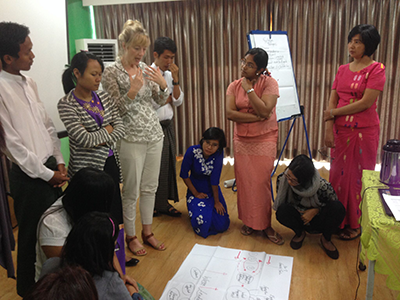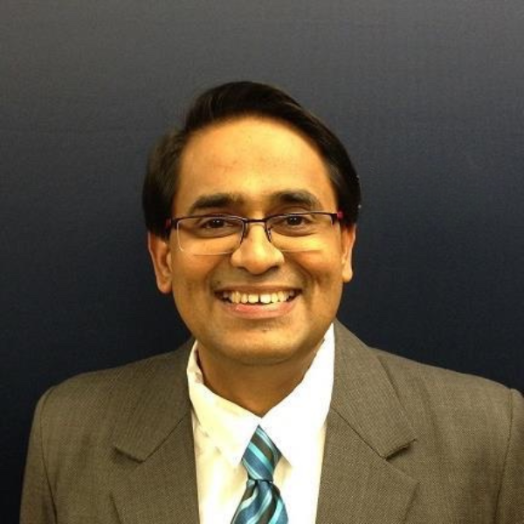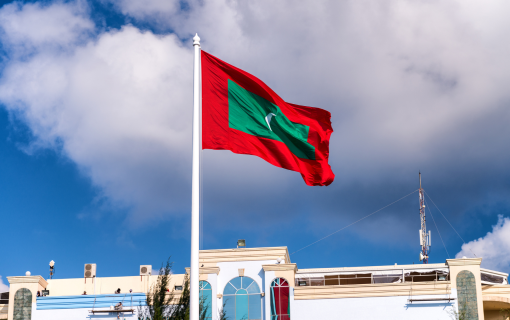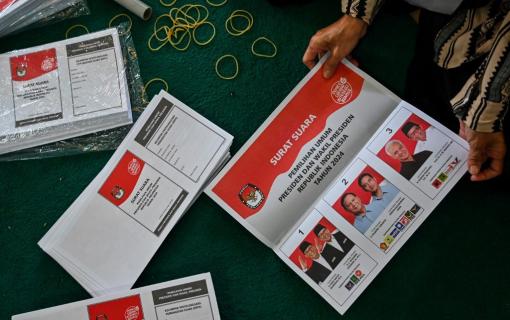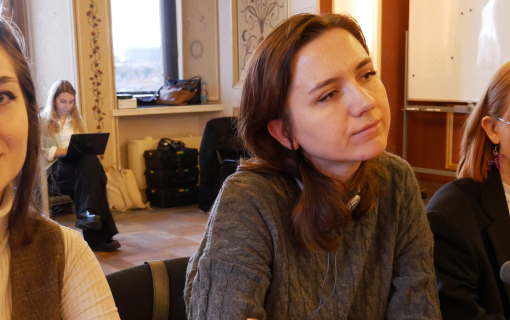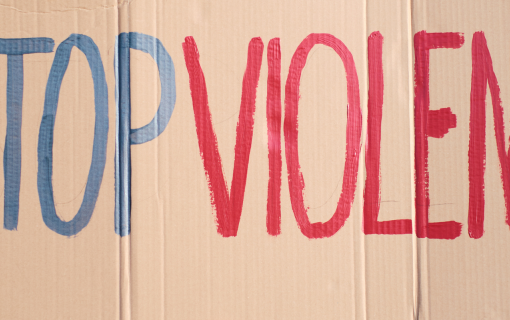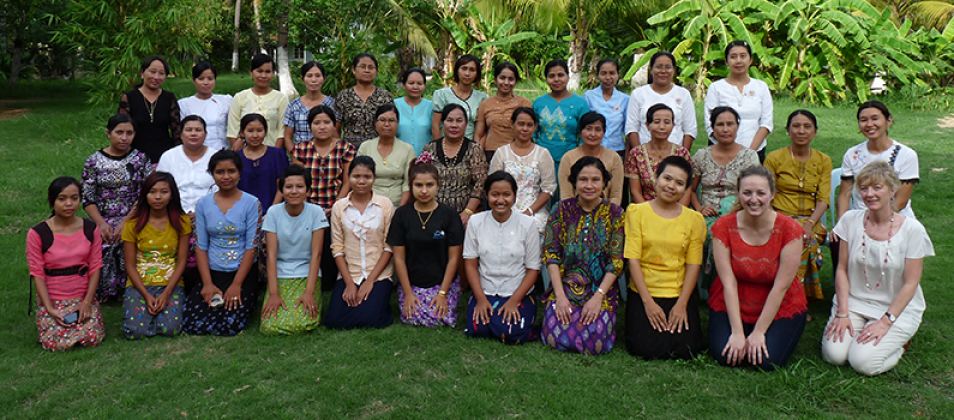
She Leads Program: Q&A with Katie Ryan
She Leads, a flagship program of the International Foundation for Electoral Systems (IFES), works to empower women with the skills and knowledge to participate and take on leadership roles in political and electoral processes through a series of beginner, intermediate and advanced trainings. In this Q&A, Katie Ryan, lead author of She Leads, discusses the origins and impact of the program, which has trained over 2,600 women in four countries and continues to expand.
How did She Leads come about?
IFES has worked on initiatives in many countries over the years to increase women’s participation in political and decision-making processes, but the She Leads model started in 2011 when I worked with IFES Cambodia and a local partner on a leadership program. The modular program was designed to give women at a local level the leadership skills, such as teamwork, negotiation and public speaking, and the technical knowledge to work in elections. This proved to be a winning combination and achieved fantastic results. For example, in the first phase, over 60 percent of participants worked as election officials, candidates and observers in the June 2012 local elections. Based on this initial success, IFES has gone on to develop and implement She Leads in Indonesia, Sri Lanka and Myanmar.
Does She Leads only involve training?
Training is the cornerstone of She Leads. Each program is tailored to the specific needs and context of the country and target audience with its own focus, dynamic and brand. The programs also have a strong focus on advocacy, campaigning and public awareness-raising. For example, in Indonesia, our partner Puskapol, the Centre for Political Studies at the University of Jakarta, ran a public campaign to encourage the monitoring of the election administrator selection process to make it more transparent and fair. In Myanmar, our civil society organization (CSO) partner Yaung Chi Thit is currently running a high-profile “We Stand Together” public campaign and photo petition to highlight the lack of women’s representation at all levels of decision-making and is calling upon various stakeholders to take positive actions to address this.
In addition to IFES, our local partners and the women themselves, She Leads programs typically involve close collaboration with election management bodies, women’s and disability CSOs and networks, community and religious leaders, the media and, of course, our donors who make this work possible.
Can you give some examples of the impact of She Leads?
She Leads is delivering results in so many different ways. It's increasing women’s political and electoral participation, increasing the role of women community leaders, shaping policies to reflect women's needs and interests, and raising awareness of the need for more women leaders. We have seen a participant elected as a national member of Parliament in Myanmar and two participants selected as election commissioners in Indonesia, where nearly 60 percent of participants also had leadership roles in the 2017 regional head elections. In Sri Lanka, over 40 percent of She Leads participants were nominated by their party to contest in the local elections in 2017 and at least 55 have been elected. On top of this, there's the involvement of hundreds of She Leads participants in elections as voter educators, candidates, observers and party agents. Across the board, our participants are taking on roles as community leaders, advocates and activists. She Leads has also generated significant media and social media coverage relating to increasing women’s representation, both in the national press, such as the Myanmar Times and Sunday Observer in Sri Lanka, as well as internationally in, for example, The Guardian. The ripple effect of She Leads is vast.
What is the key to the success of She Leads?
For me, the success of She Leads is down to its practical nature. The training is highly interactive and usually involves assignments for participants to put into practice what they have learned – for example, carrying out voter education or meeting with the local community to raise awareness about gender equality and the need for more women leaders. In many countries, for various cultural and discriminatory reasons, the massive potential in women is not being realized. She Leads gives women the tools, knowledge and, importantly, the confidence to take on leadership roles. Based on this experience, when given this opportunity, women seize it and go on to do amazing things.
What do you find most inspiring about the program?
That’s easy: the women we work with. She Leads participants see it as their personal responsibility to take what they have learned, share the knowledge with others in their communities, and champion the rights of the most vulnerable and marginalized. They do all of this in their own time and often at their own expense. In Indonesia, for example, a She Leads participant organized a training session for 21 female commissioners in West Java to prepare them for an upcoming national commissioner selection process. In Sri Lanka, a She Leads participant organized others to conduct voter education for 1,200 women in the conflict-affected northern area on the new quota provision and the importance of women’s political participation. In Myanmar, She Leads participants carried out voter education for thousands of people in advance of the historic 2010 general elections. They then went on to run initiatives and set up CSOs to generate income for women in poor communities and tackle gender-based violence and trafficking. They have also become advocates for people with disabilities and the rights of poor rural farmers. These are just a few examples of what these inspirational women have been empowered to do.
Is there a She Leads participant who is particularly memorable to you?
That’s such a difficult question. There are so many. Someone called Rosy springs to mind – a Muslim participant in Myanmar who typifies what She Leads is about. Having attended the introductory and intermediary She Leads programs, Rosy told me that it transformed her life. Before She Leads, she didn’t have a proper job for 15 years because she didn’t have the confidence to do an interview. Following She Leads, she successfully applied for a job as a coordinator for the People’s Alliance for Credible Elections. She has gone on to mentor younger She Leads participants and is now a leader in the community where she has carried out voter education for over 1,000 people in Muslim villages and raises awareness about the need for women to take on leadership roles.
Does She Leads only involve women?
No! To increase women’s leadership, it’s vital to collaborate with men. She Leads works in different ways to build male allies and support for the program. This includes working at a policy level with senior election officials and liaising with male community and religious leaders to support women in their communities when our participants carry out their assignments. Equally important is building the support of male family members, as we did in the Sri Lankan program. Here, we ran parallel training for the relatives of the prospective candidates.
What are your hopes for the future impact of the program?
Having seen the powerful impact and tangible results of She Leads in four countries, I hope that IFES can continue to secure funding to develop and roll out the program in other countries, and unleash the leadership potential of as many women as possible. I hope the program can continue to evolve and innovate, and reach new marginalized groups, such as women in conflict areas.




